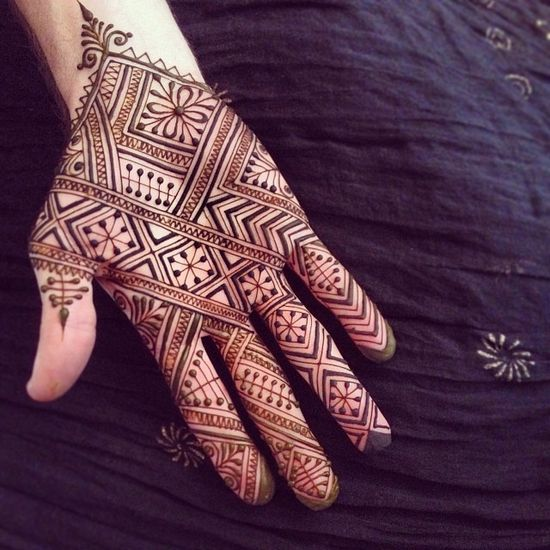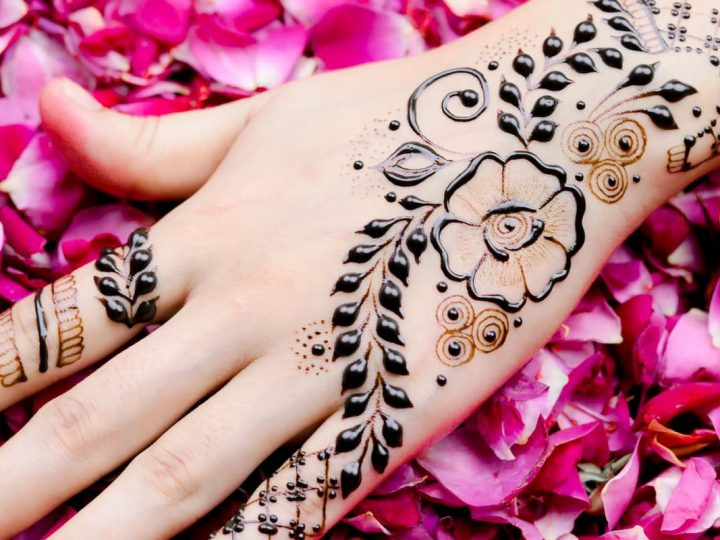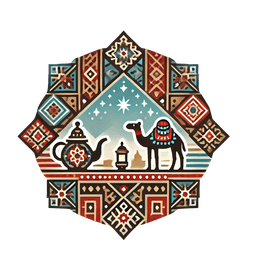- Published on
The Art and Significance of Moroccan Henna A Traditional Beauty Ritual
- Authors

- Name
- Adil ABBADI
Introduction
Moroccan henna is an integral part of Moroccan culture and tradition, particularly in celebrations and special occasions. It is not only a symbol of beauty and elegance, but also a sign of good luck, prosperity, and happiness. In this article, we will delve into the world of Moroccan henna and explore its significance, designs, and application techniques.
- What is Henna?
- A Brief History of Moroccan Henna
- Techniques and Designs
- Benefits of Moroccan Henna
- Application and Aftercare
- Moroccan Henna in Modern Fashion
- Conclusion
- Embrace Tradition
What is Henna?
Henna is a plant-based dye that has been used for centuries to stain skin, hair, and fabric. It is derived from the leaves of the Lawsonia inermis plant, which is native to Africa and Asia. Henna is known for its cooling properties and is often used to soothe skin irritations and promote hair growth.
A Brief History of Moroccan Henna
Henna has been a part of Moroccan culture for centuries, dating back to the ancient times of the Berbers and the Arabs. It was used to adorn the hands and feet of women, particularly during special occasions such as weddings and holidays. Over time, henna became an integral part of Moroccan tradition and was passed down from generation to generation.
Techniques and Designs
Moroccan henna is known for its intricate designs and patterns, which are often inspired by traditional Moroccan art. The designs are typically applied to the hands and feet using a small brush or a cone. The most common designs include florals, geometric patterns, and Arabic calligraphy.

Benefits of Moroccan Henna
Moroccan henna is not only a fashion trend, but also has several benefits for the skin and hair. It is known to:
- Soothe skin irritations and promote wound healing
- Promote hair growth and strengthen hair follicles
- Provide a natural and temporary alternative to synthetic hair dyes
- Exfoliate and soften the skin
Application and Aftercare
Applying Moroccan henna requires skill and patience. The process typically involves:
- Preparing the skin or hair by cleaning and moisturizing it
- Mixing the henna paste with lemon juice and tea to create a stain
- Applying the design using a small brush or cone
- Leaving the henna on for several hours or overnight
- Washing it off with soap and water
Aftercare involves moisturizing the skin or hair to lock in the color and prevent fading.
Moroccan Henna in Modern Fashion
Moroccan henna has become a fashion trend globally, with many designers incorporating it into their collections. It is often used as a temporary tattoo or a form of body art. Many celebrities and influencers have also opted for Moroccan henna as a way to express their cultural and artistic side.

Conclusion
Moroccan henna is a traditional beauty ritual that has been a part of Moroccan culture for centuries. It is not only a symbol of beauty and elegance, but also a sign of good luck, prosperity, and happiness. With its numerous benefits and artistic designs, Moroccan henna is a fashion trend that is here to stay.
Embrace Tradition
Experience the beauty and significance of Moroccan henna for yourself. Whether you're looking for a unique fashion statement or a way to connect with your cultural heritage, Moroccan henna is definitely worth trying.
